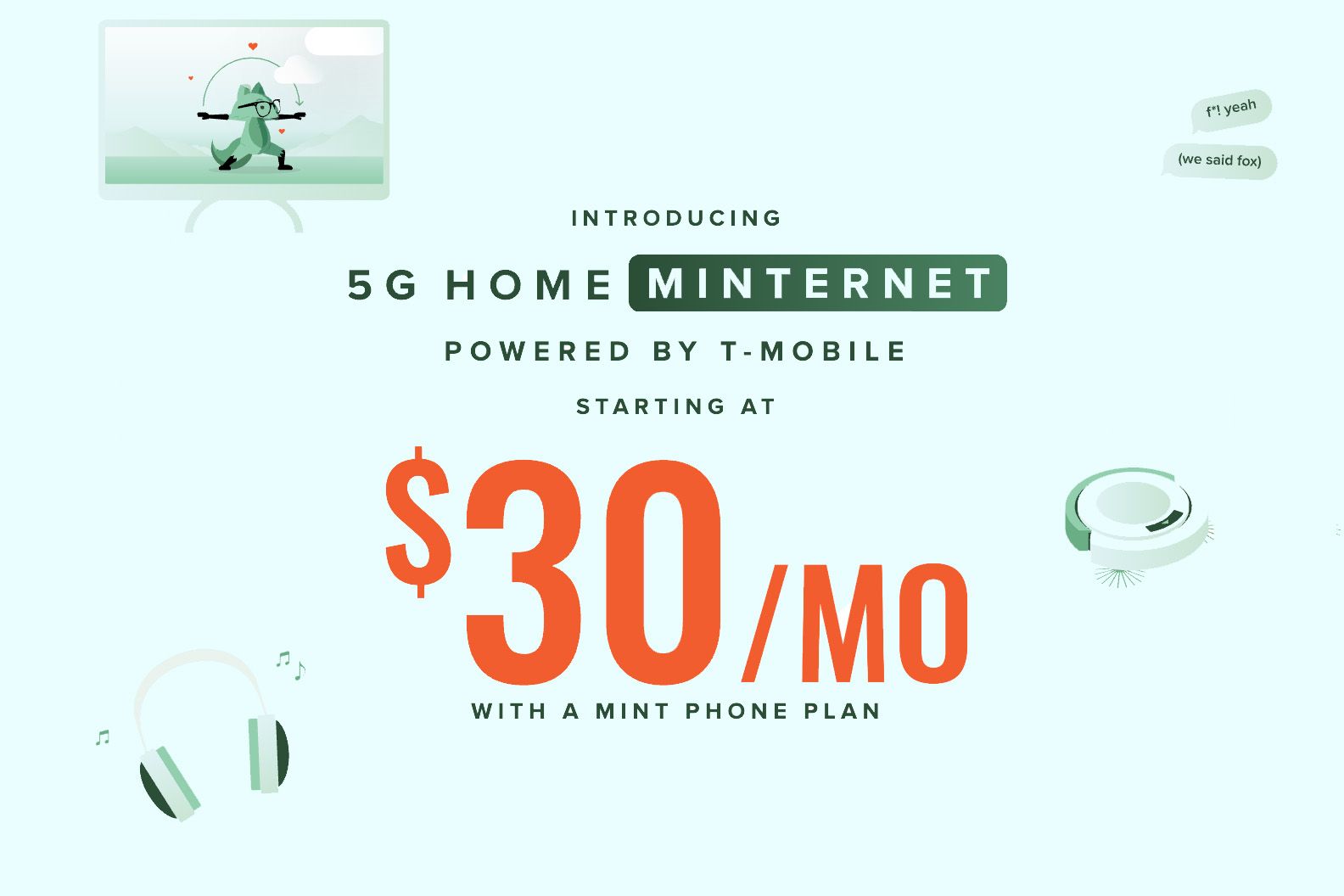Mint Mobile just launched its cheapest 5G home internet offering yet, starting at $30 per month - but there's a catch. The Ryan Reynolds-backed carrier requires customers to bundle a phone plan and pay at least three months upfront to hit that price point. Without those conditions, the service can cost up to $50 monthly, making the pricing structure more complicated than traditional broadband.
Mint Mobile just threw a curveball at the home internet market. The prepaid carrier, famous for Ryan Reynolds' cheeky marketing, launched what it's calling "5G Home Minternet" - a name so aggressively branded it might make you wince. But the service itself? That's where things get interesting.
The headline grabber is that $30 monthly price tag, which immediately undercuts most major carriers' 5G home internet offerings. But dig into the fine print and you'll find a pricing puzzle that would make a telecom lawyer proud. To snag that $30 rate, you need to already have a Mint phone plan and commit to paying three months upfront. Miss either requirement and your monthly bill jumps to $40 or even $50.
Here's how the math breaks down: new customers with a phone plan pay $30 monthly for the first three months, but renewals bump to $40. Want to lock in $30 long-term? You'll need to pay for a full year upfront. Skip the phone plan entirely and add $10 to whatever rate you qualify for. It's a structure designed to keep customers locked into Mint's ecosystem - smart business, confusing for consumers.
The technical specs tell a more straightforward story. Mint Mobile runs on T-Mobile's network, so you're getting the same 5G infrastructure that powers the Un-carrier's home internet service. Speeds typically range from 133-415 Mbps download, with unlimited data that throttles during network congestion. The catch? Mint's throttling kicks in after 1TB of usage compared to T-Mobile's 1.2TB threshold.
What you won't get are the premium perks bundled into T-Mobile's pricier plans. No advanced security features, no streaming service bundles, no priority customer support. It's bare-bones internet for price-conscious consumers who just want reliable connectivity without the extras.
The launch comes as 5G home internet gains momentum against traditional cable providers. Unlike fiber or cable installations that require technician visits and wall drilling, 5G home internet works through a simple plug-and-play gateway. You're not locked into annual contracts, making it appealing for renters or anyone who moves frequently.
For T-Mobile, having Mint offer a budget alternative helps capture price-sensitive customers without cannibalizing its premium home internet plans. It's similar to how automakers use different brands to target various market segments - same underlying product, different positioning and pricing.

